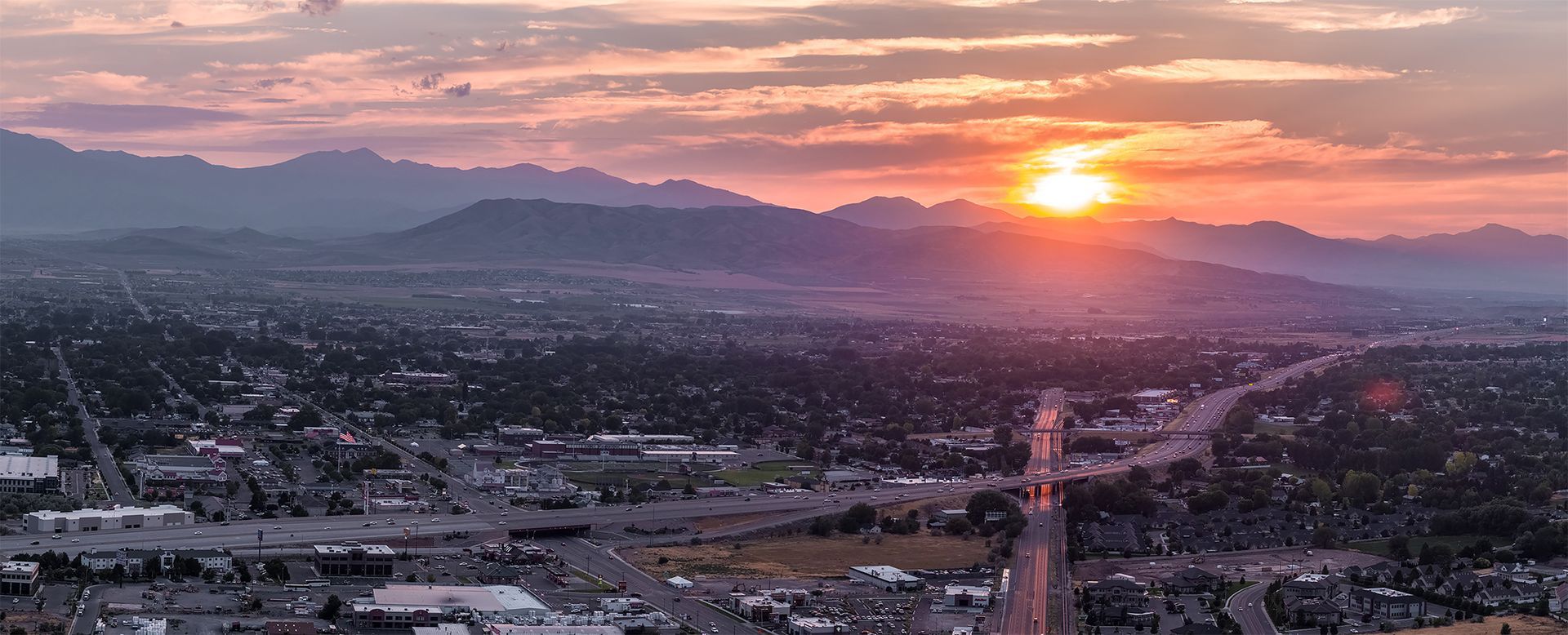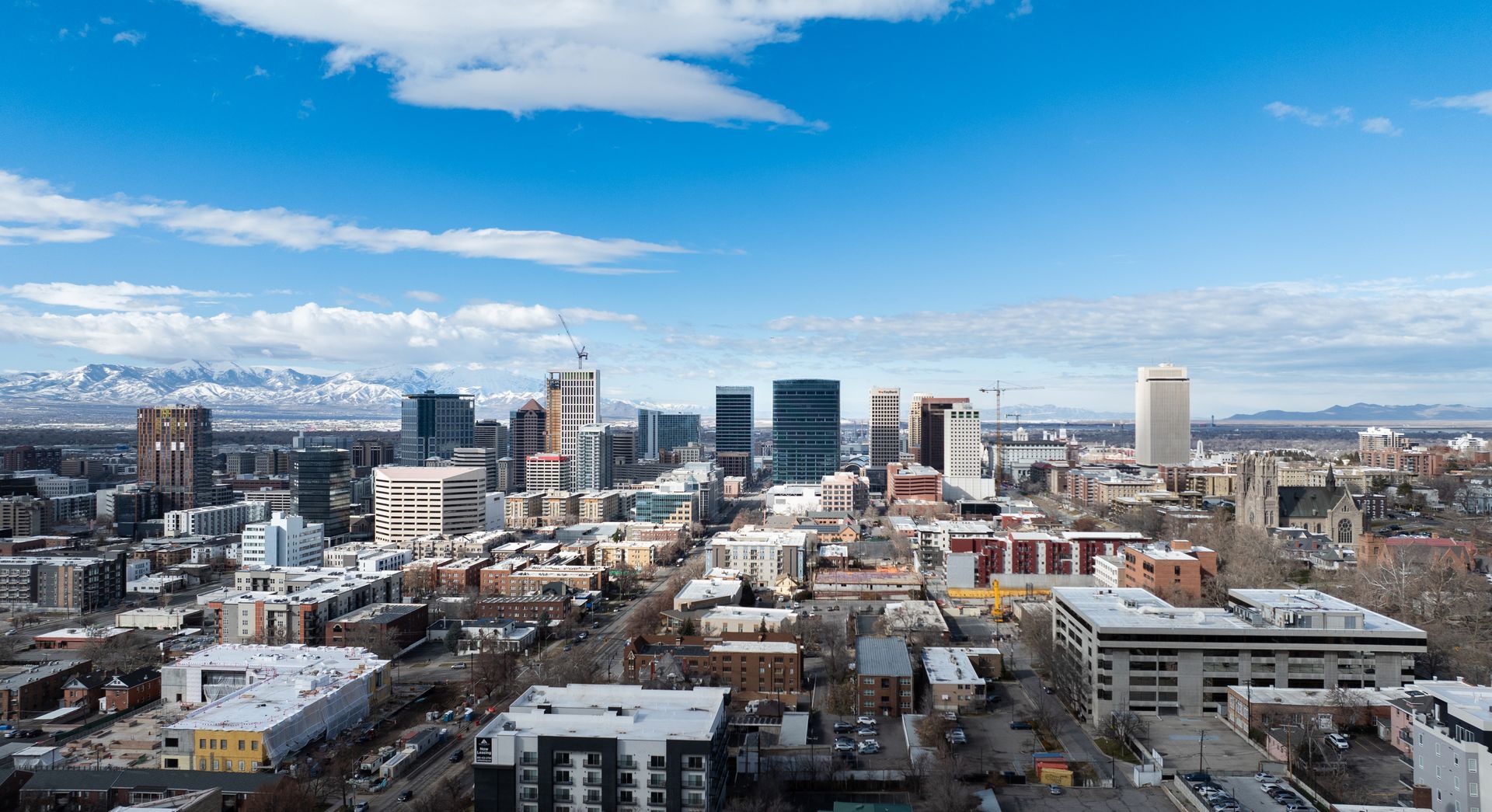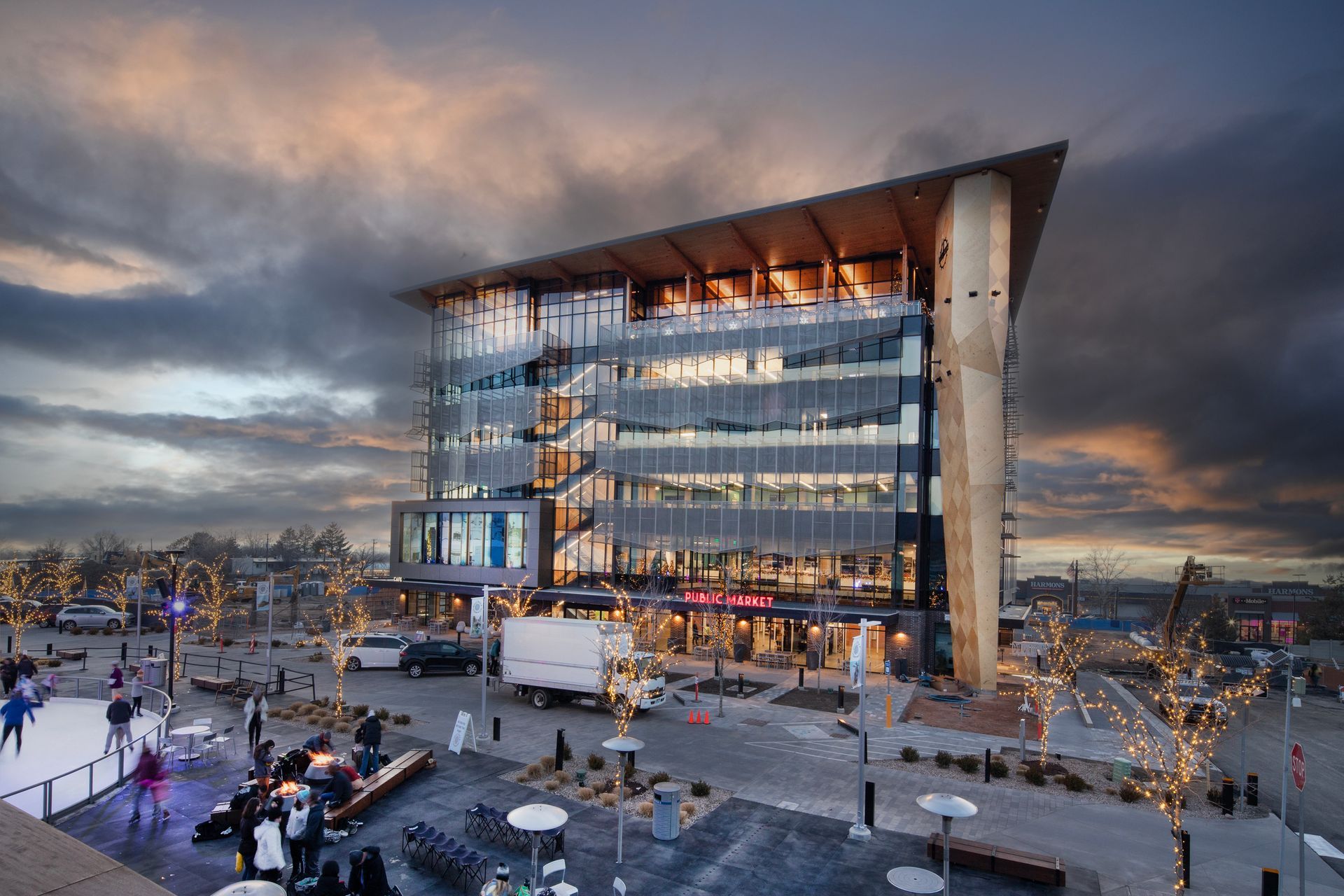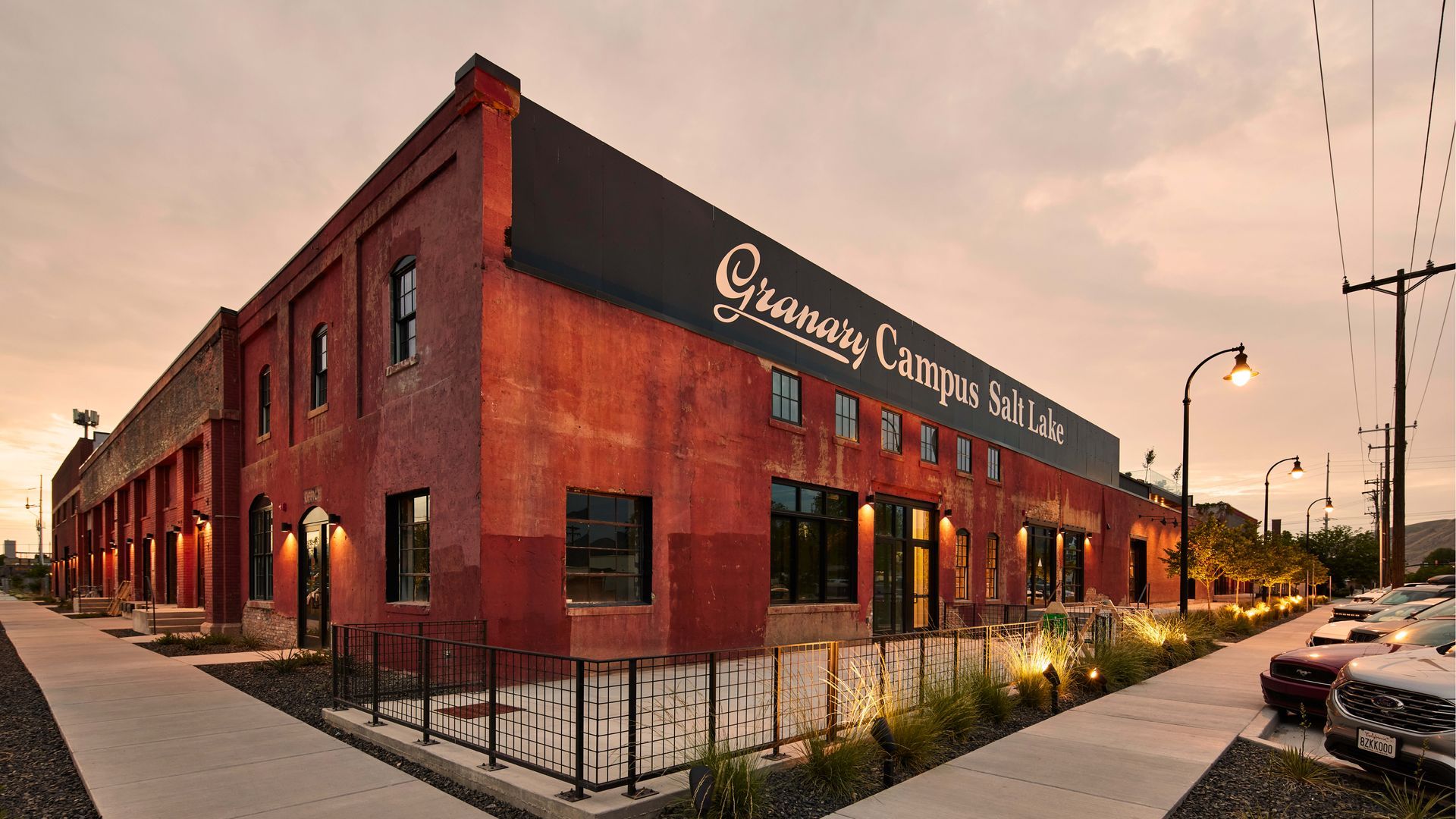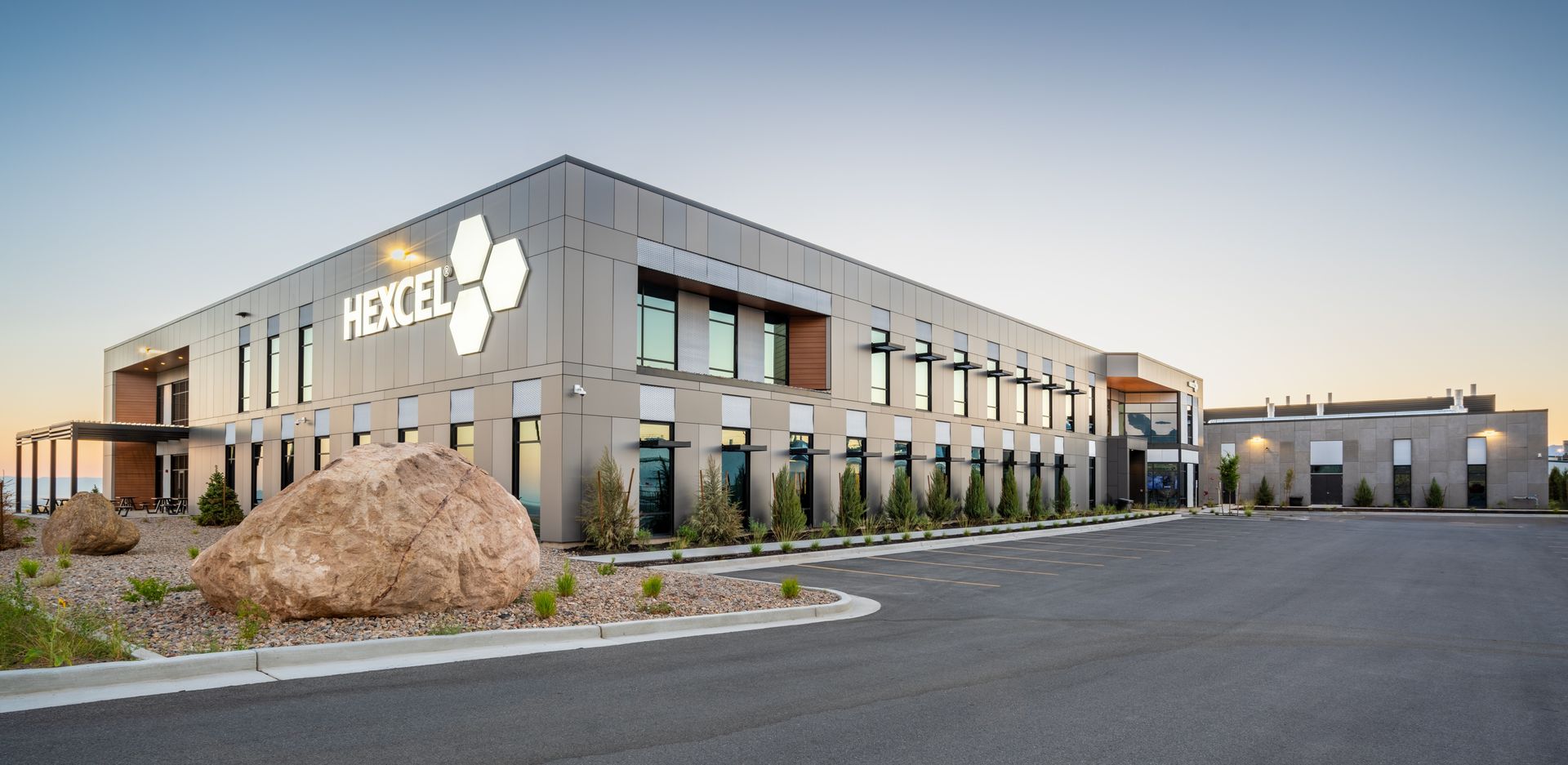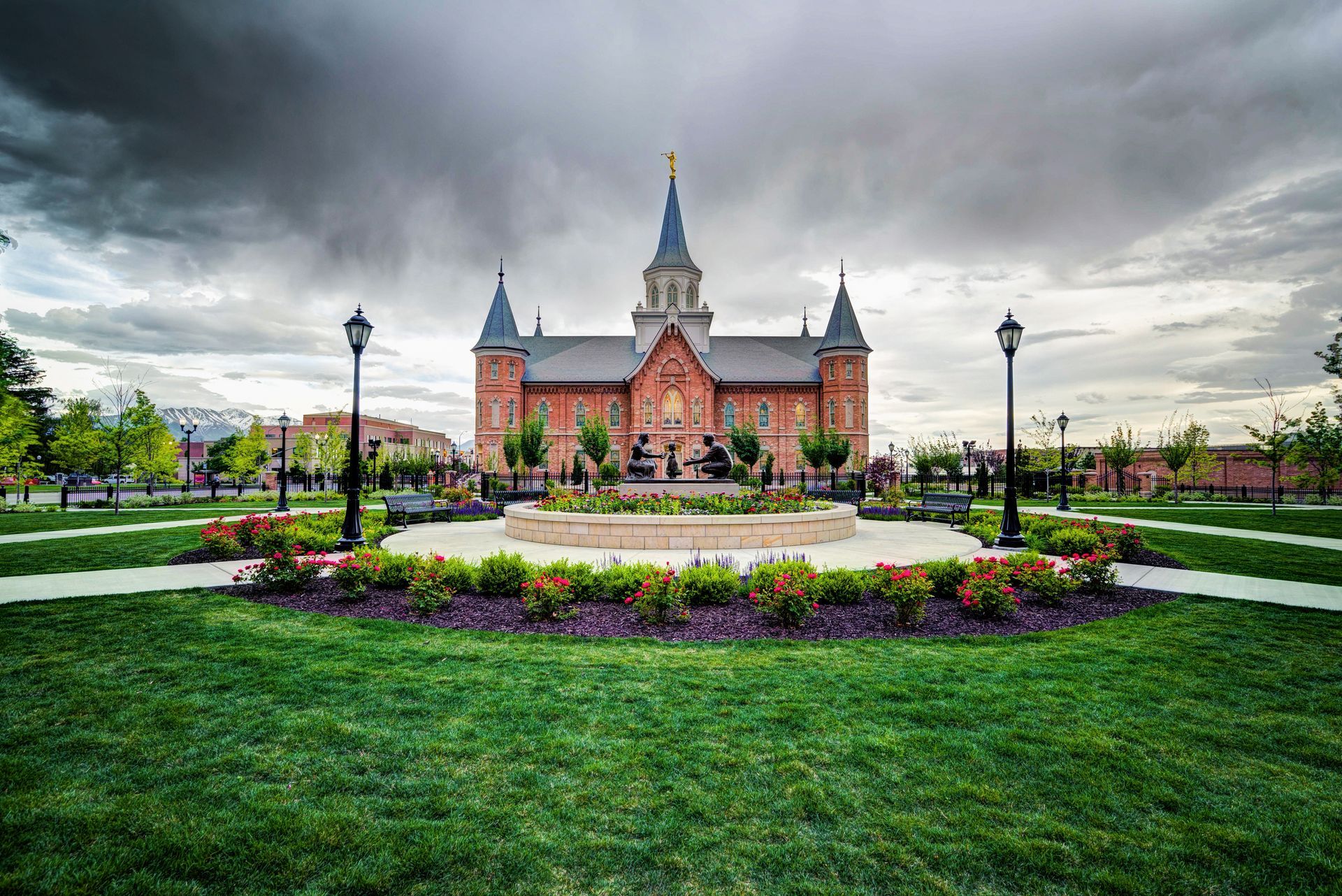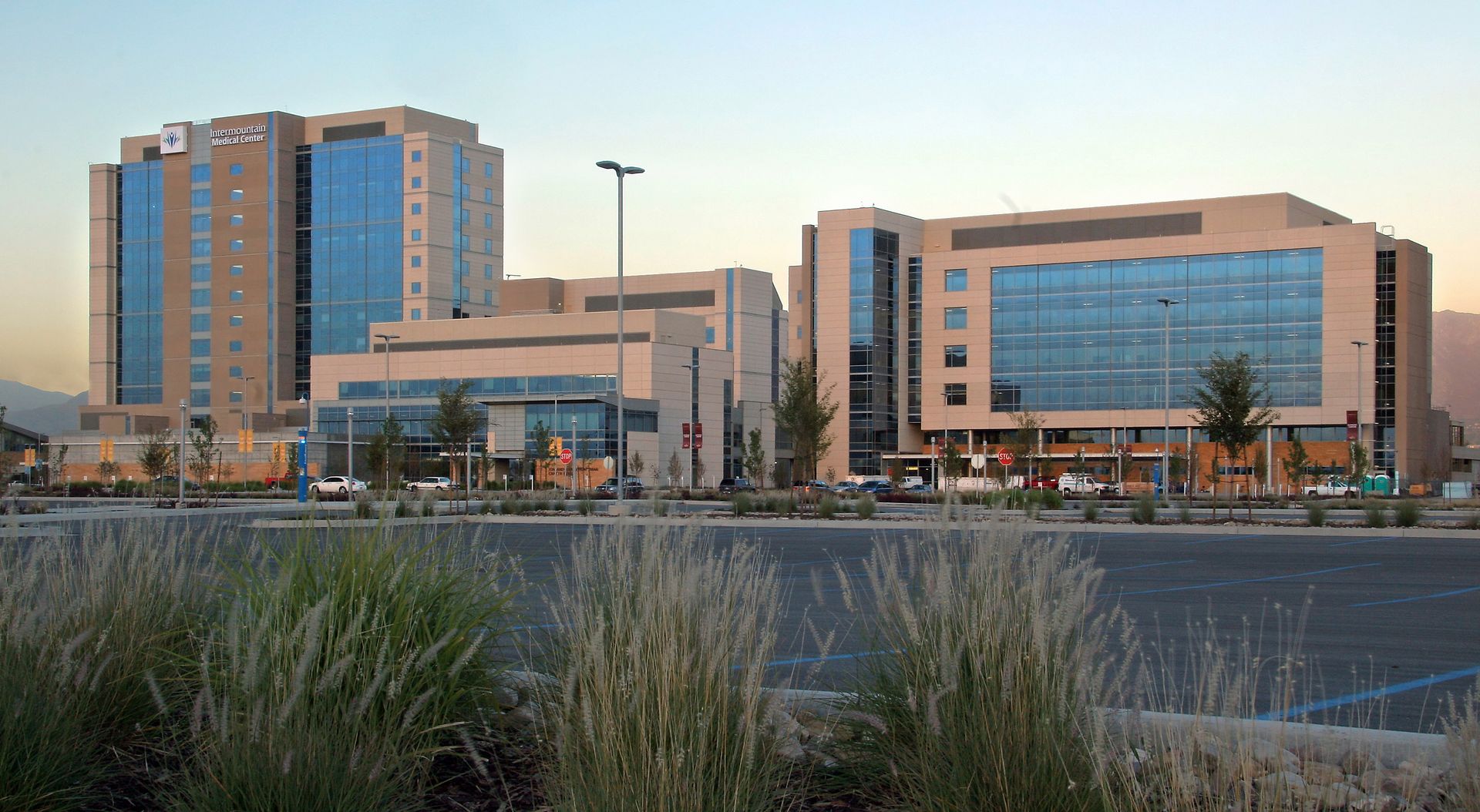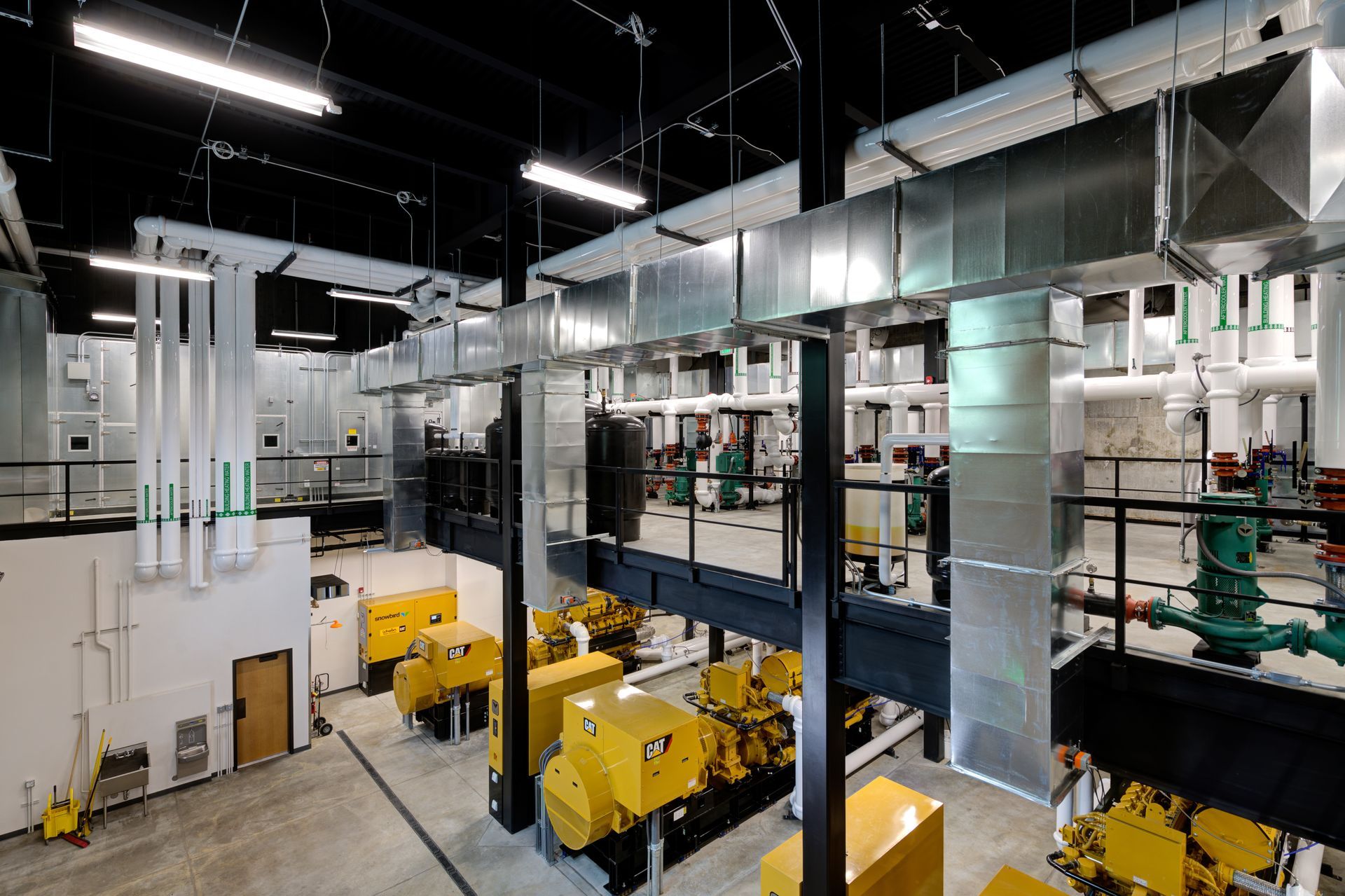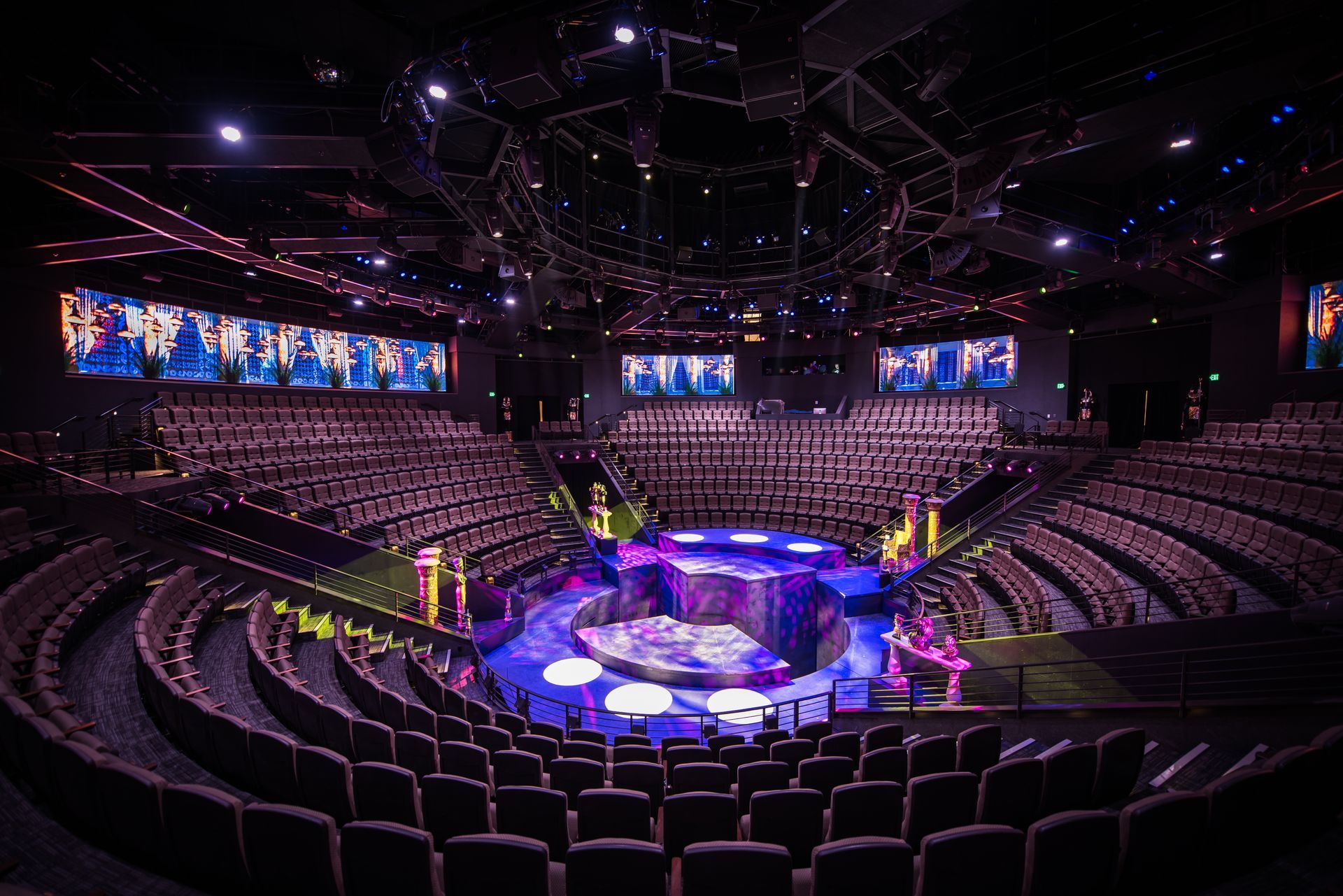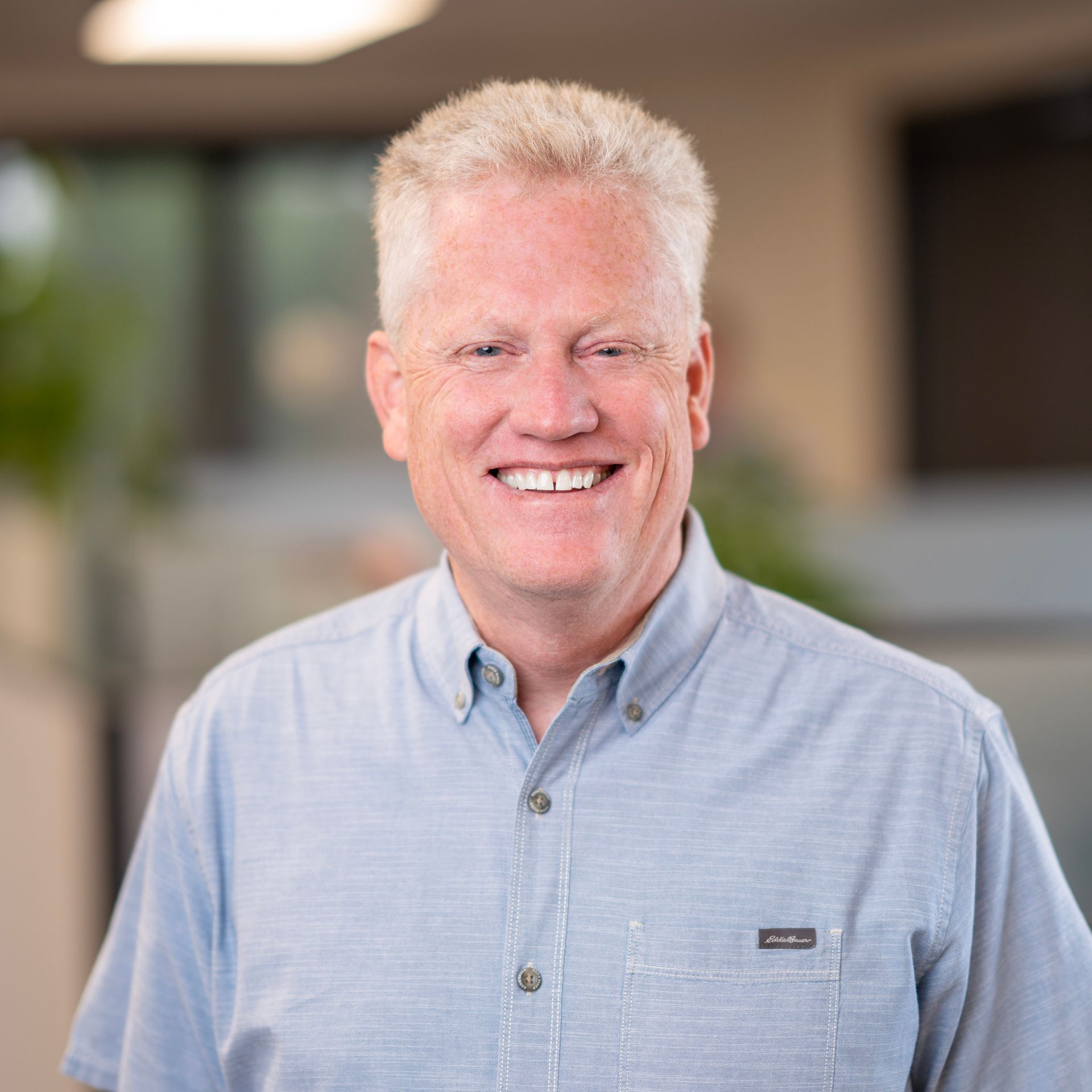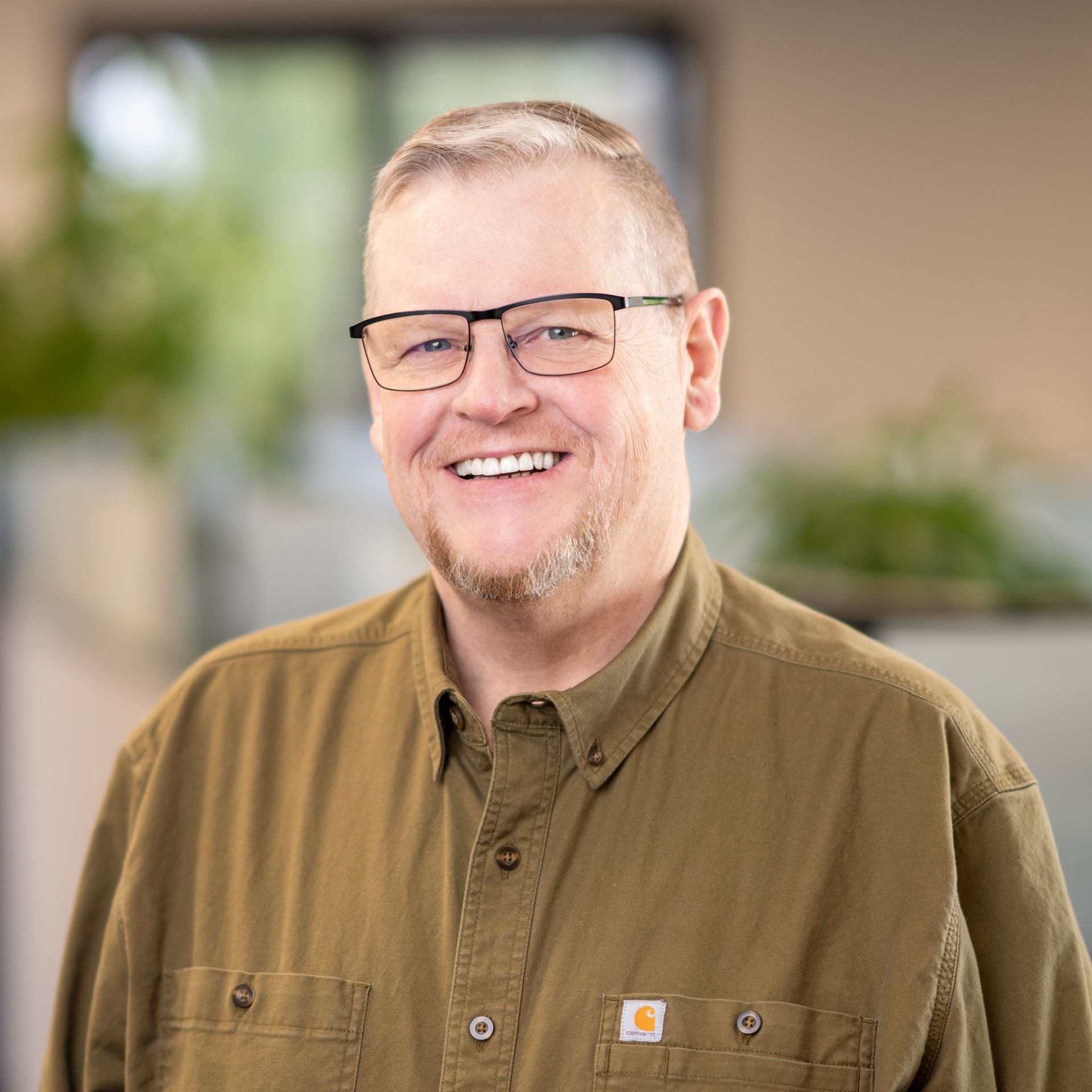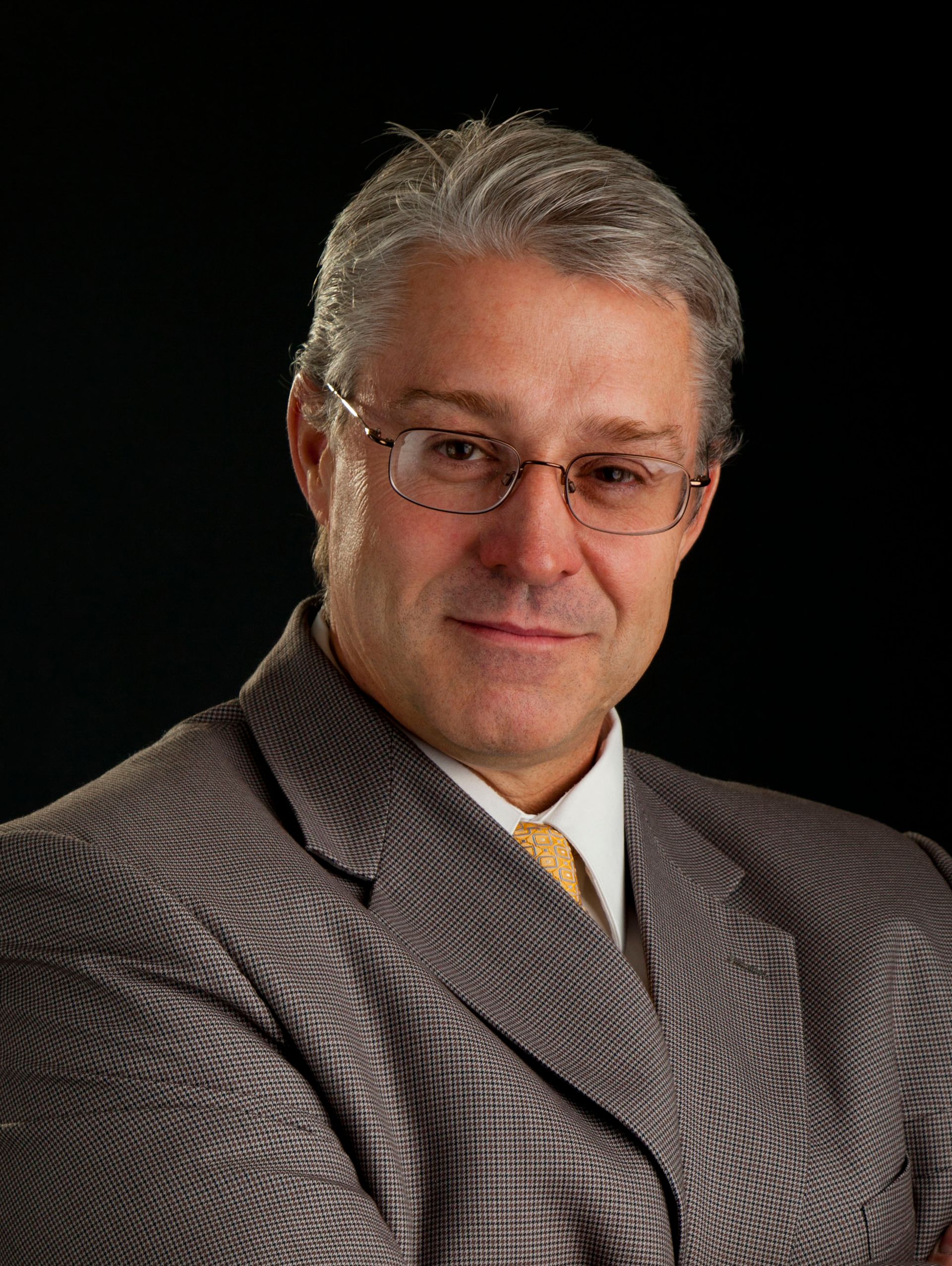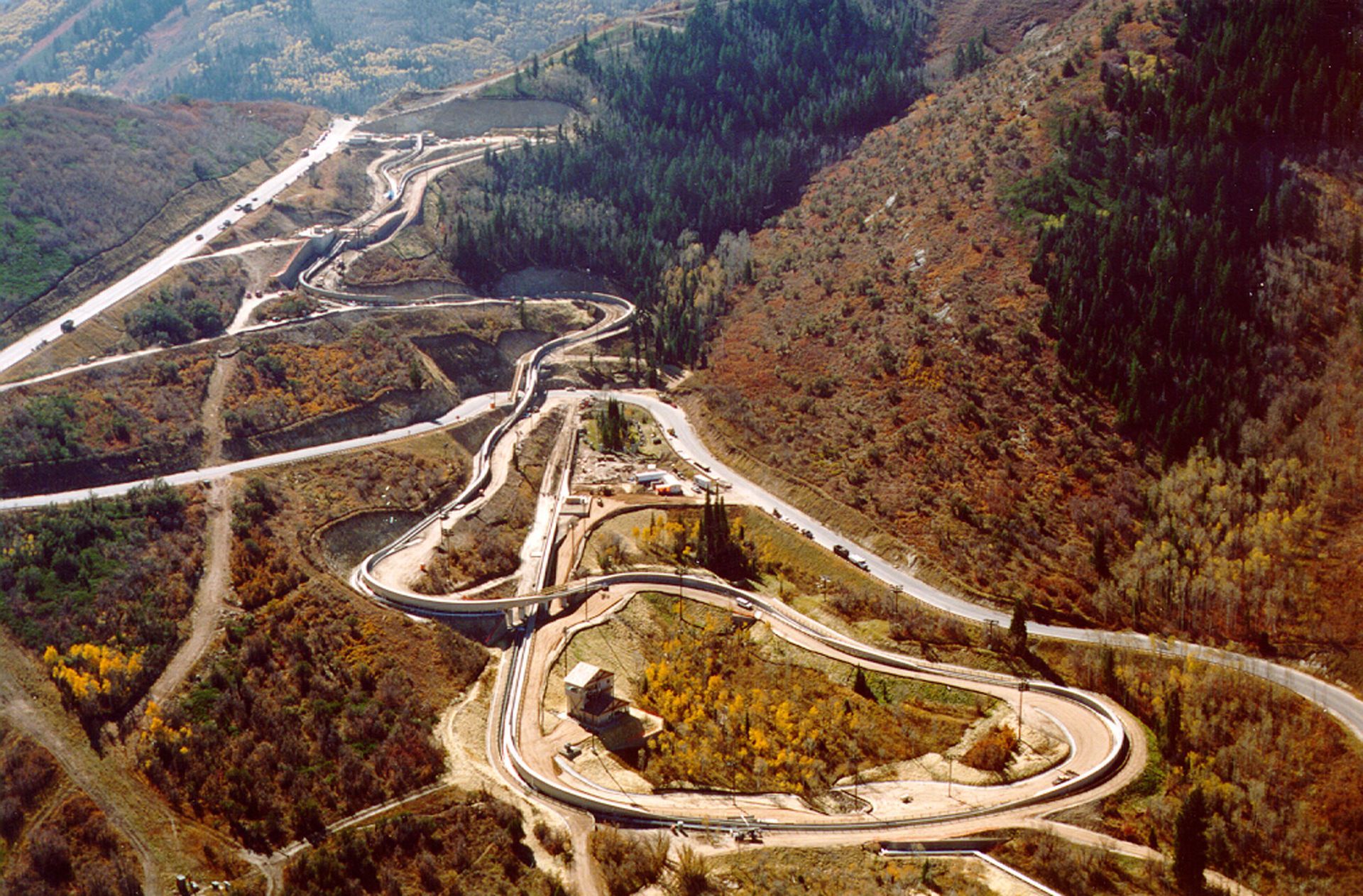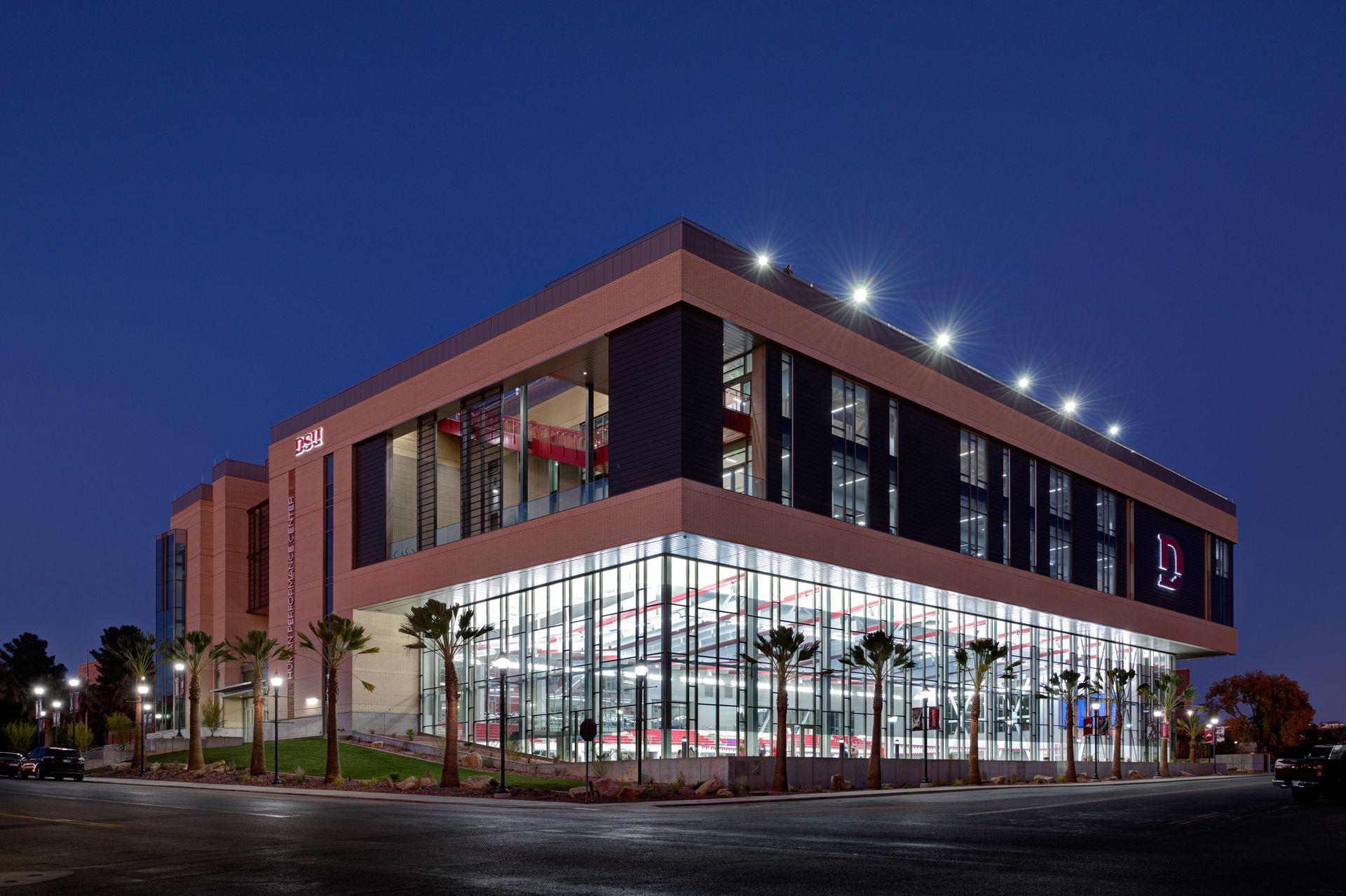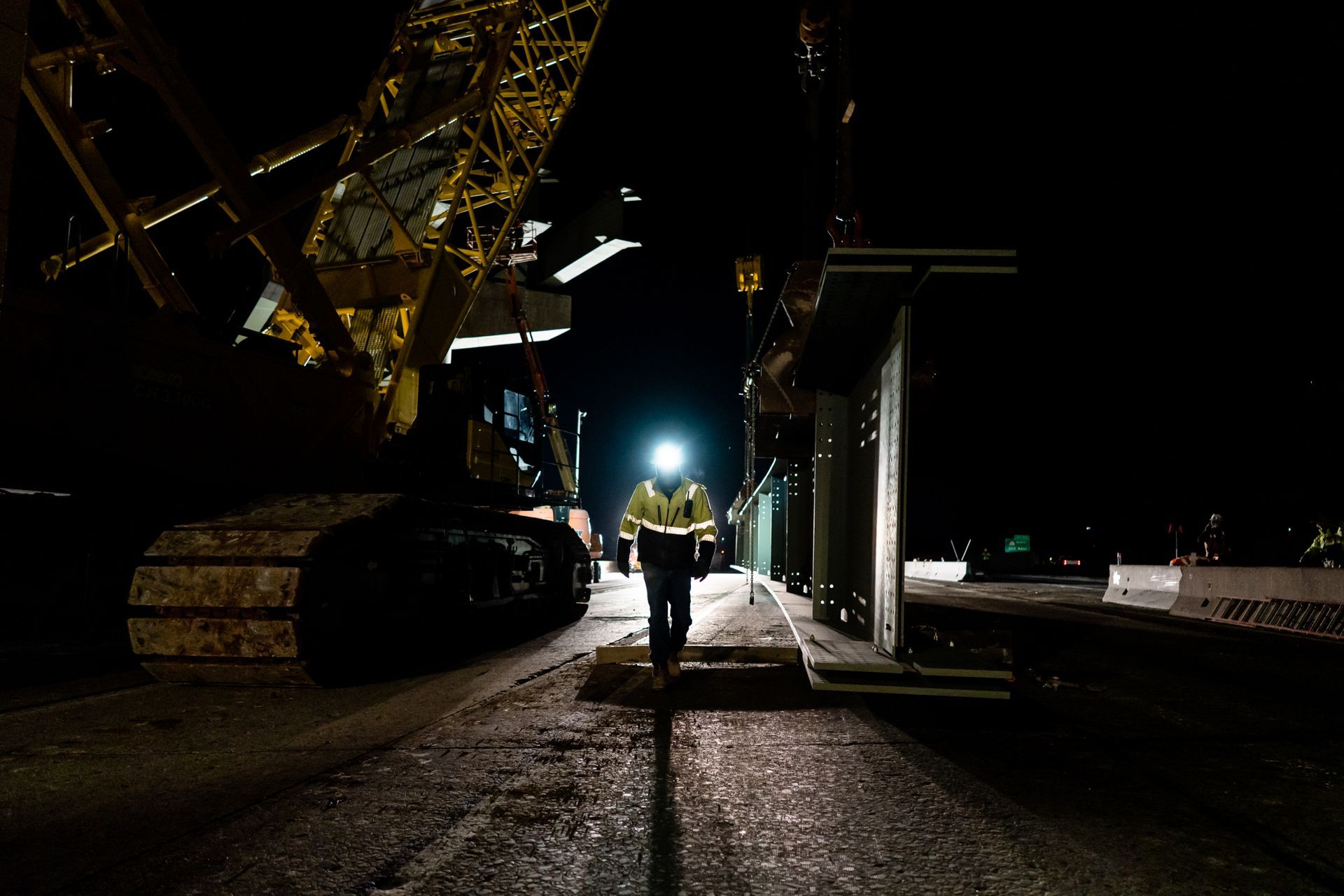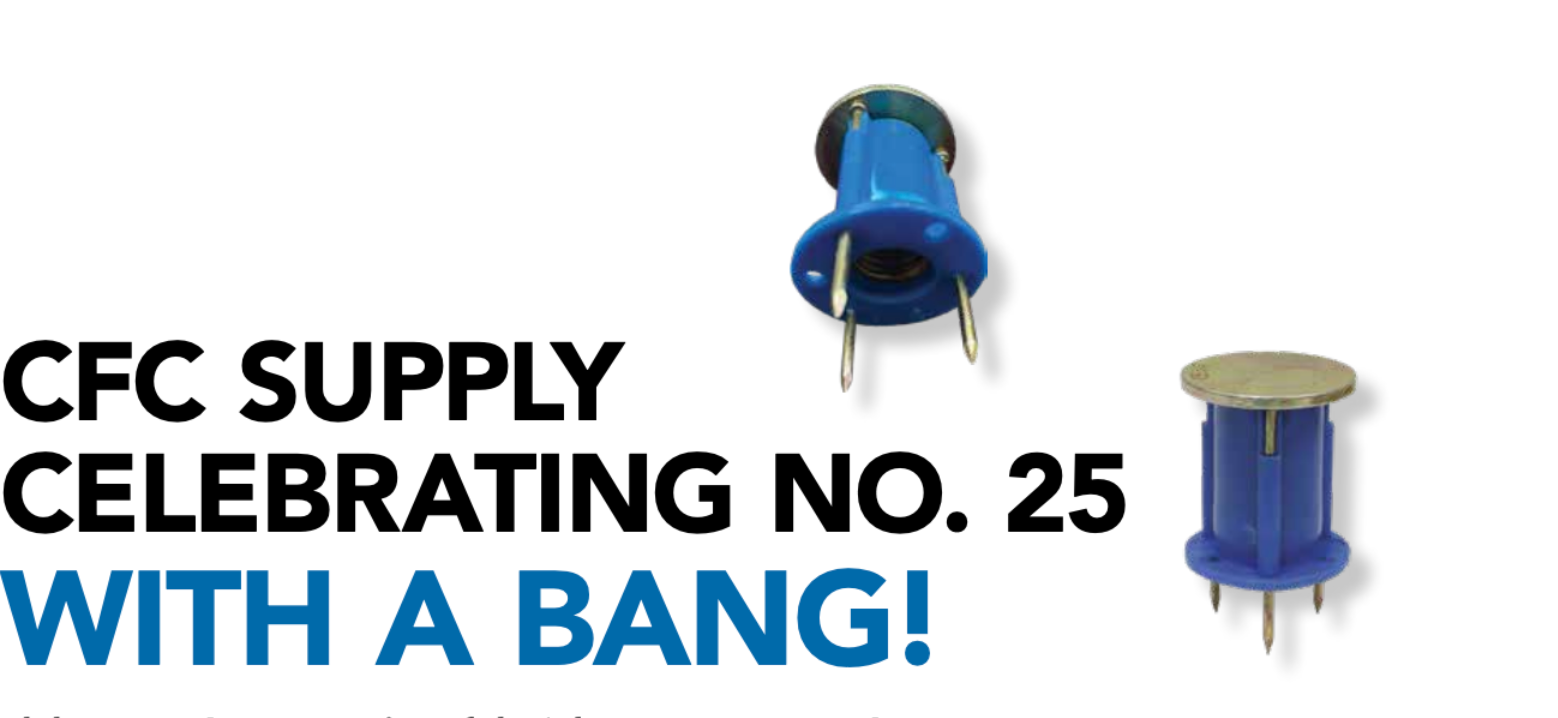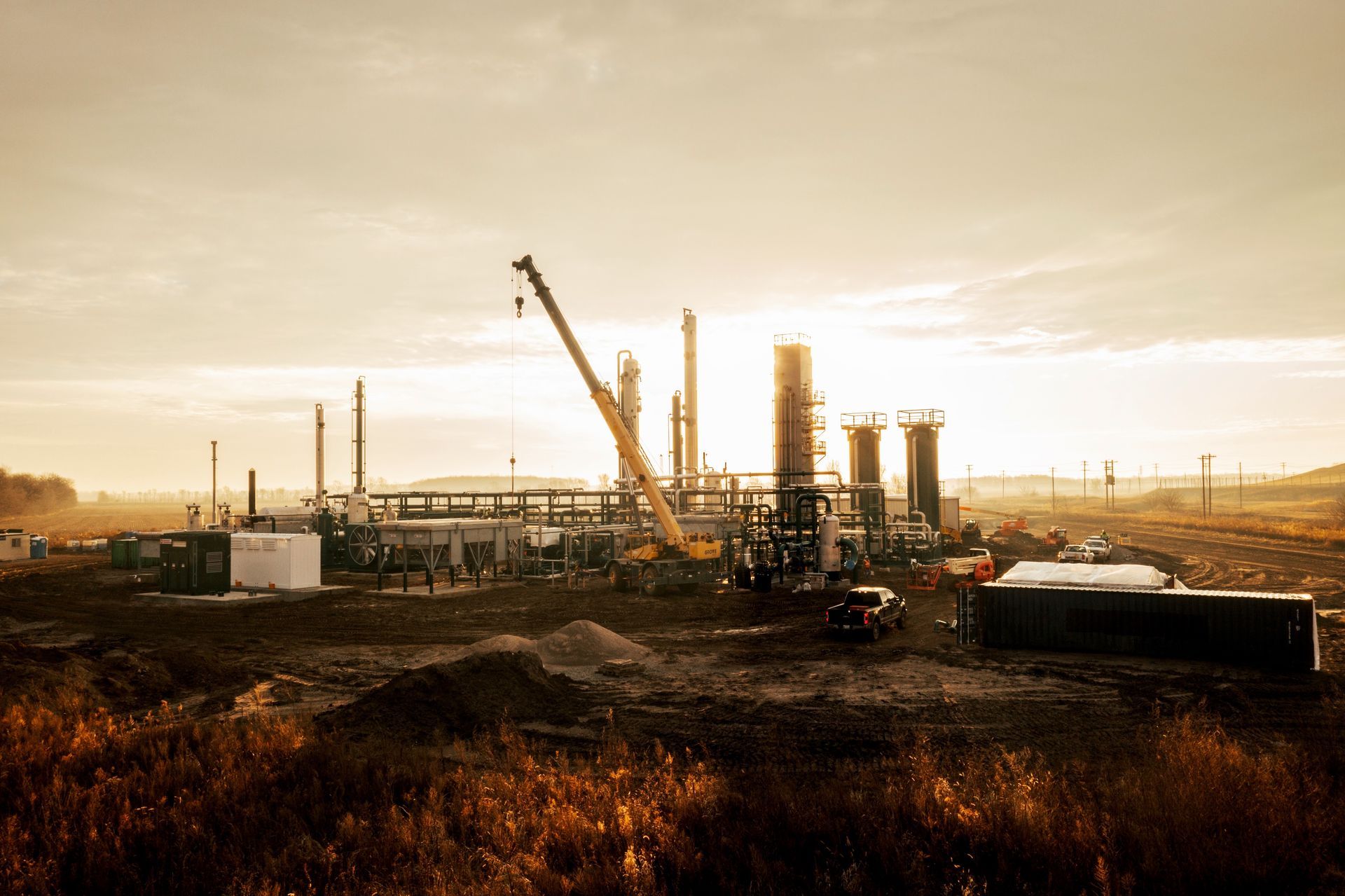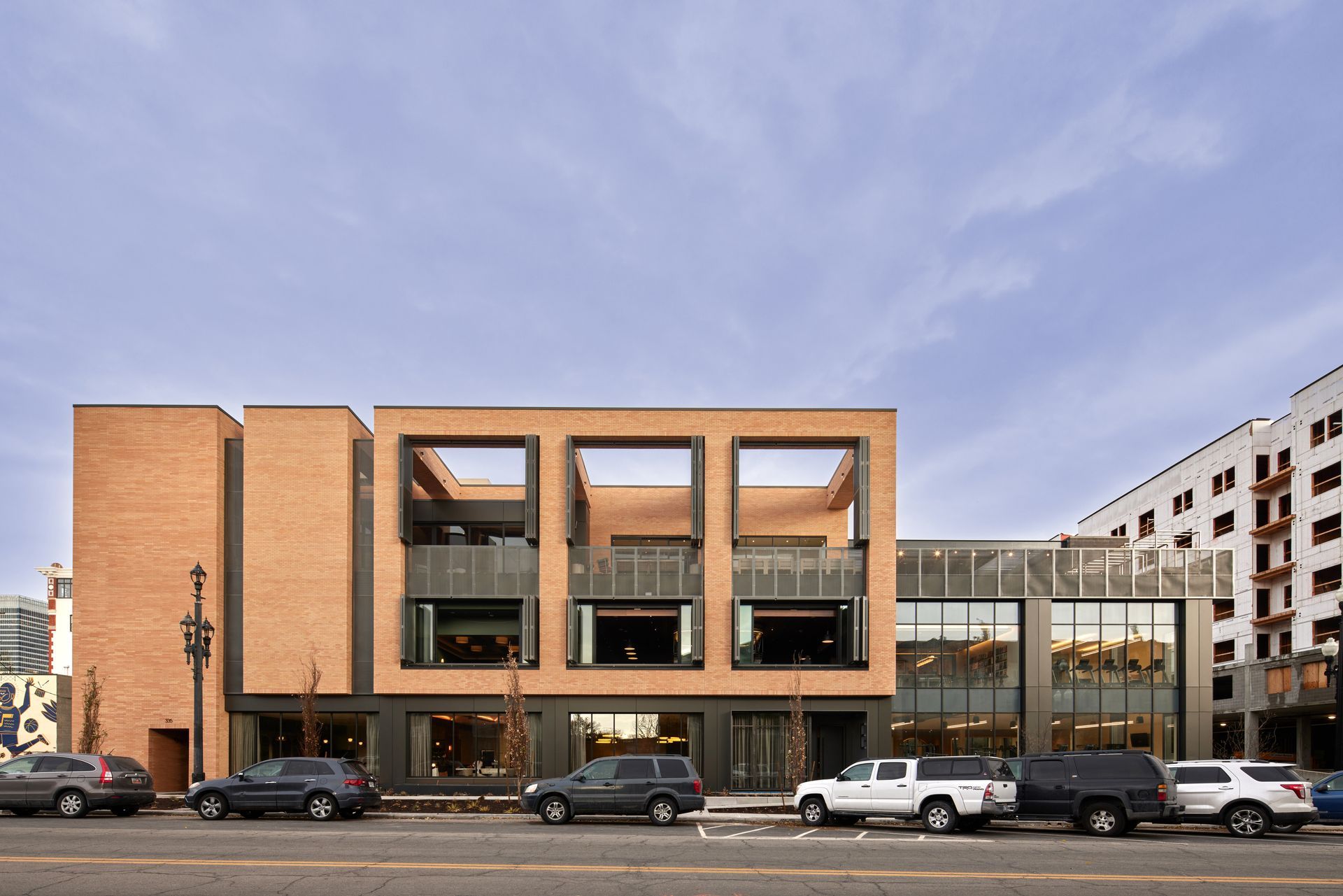The MEP firm established by Howard Van Boerum in 1972 has become one of the preeminent consulting engineering companies in the Intermountain region, with three satellite offices and headquarters in Salt Lake. By Brad Fullmer
When J. Howard Van Boerum puts his mind to something, there is no slowing him down.
The 84-year-old founder of one of Utah’s preeminent MEP engineering firms, Salt Lake-based Van Boerum & Frank Associates (VBFA), established his consulting firm in 1972. He intended for it to be the very best at what it did, and he worked diligently to achieve those results.
As the firm celebrates its 50th anniversary this year, Van Boerum admitted great satisfaction with the current state of the firm, which was No. 2 among all MEP firms in UC&D’s 2021 Top Engineering Firms rankings with $19.3 million in annual revenues from 2020, the firm's highest mark. He trusts that the current leadership will continue steering the company in the right direction.
“I wanted to be the best, wanted to be the biggest, with a good reputation,” said Van Boerum. “I’m proud of what we’ve accomplished as a firm and as a team.”
In addition to its headquarters in Murray (the firm moved from its long-time Salt Lake location in 2020), VBFA has offices in Logan, St. George, and Tempe, Arizona, with a total of 125 employees.
Early Days
The oldest of four kids, Van Boerum knew from an early age that he wanted to combine his drive and determination with his natural inclinations and become an engineer or architect.
“I had my visions of being my own boss and having my name on the door,” he said. “I always liked drawing. As a kid I would draw 2D perspectives of homes—I remember drawing the home across the street. I had a propensity to like that kind of stuff.”
His father, John E. Van Boerum, worked hard for the federal government as a civilian commander at the Army Supply Depot in Ogden. He impressed upon young Howard the importance of going to college “so you don’t have to work for the damn government,” he chuckled. Van Boerum was also musically inclined, playing several instruments and forming a dance band in high school. He later served a mission for the Church of Jesus Christ of Latter-day Saints in Holland and married his college sweetheart, Joanne, upon his return.
VBFA is renowned for its design of complex healthcare projects, including the landmark Intermountain Medical Center in Murray, a multi-building project on a 100-acre campus that opened in 2007 (all photos courtesy VBFA). The firm has vast MEP expertise in virtually every major building market. Some key projects in recent years include: the Snowbird Resort Co-Gen Plant; the Provo City Center Temple for the Church of Jesus Christ of Latter-day Saints; and the Hale Center Theater in Sandy.
Starting Out
Van Boerum worked for Nelson Reeve Maxwell in Ogden prior to his mission and for two years after. He realized early on he didn’t want to work for a big company like Boeing, “being stuck in a big hangar with 500 people in a corner. I knew I wanted to be in business for myself,” he said.
He moved to Salt Lake City to gain mechanical consulting experience at Hardy and Naylor then decided he was best suited to venture out on his own and started Van Boerum Associates on April 1, 1972.
“I’ve always been driven to be good at what I was doing,” he said. “It became apparent that I needed to start my own firm.”
Life came quick and fast, as Van Boerum was called to be a Latter-day Saint Bishop of a Salt Lake congregation five weeks after starting his firm. He found himself pulled in myriad directions and challenged to find time to run his fledgling business, dedicate himself to his church calling, and tend to his wife and their four children (they would eventually add two more kids to their family).
Joanne, who passed away September 21, 2021, at the age of 81, supported her husband’s ventures, despite him being a man of “too many aspirations,” he said. “If you shoot for the moon at least you’ll fall on a star,” he continued. “I didn’t always get home for dinner on time. I had to learn to compartmentalize.” He said he worked hard to be fully committed to home and church duties in addition to work and “tried not to let one interfere with the other. Those are the fun parts of life you look back on and say, ‘Well, I made it through!’”
Lori Van Boerum Haglund, the oldest of Howard and Joanne’s six children and VBFA’s Marketing Director since 2001, recalled how hard both her parents worked on behalf of their family. Looking back at the firm’s success, Haglund said her father possessed all the key traits that make for an effective business owner and leader.
“Integrity, drive, work ethic—he will always stand behind his work,” she said. “If there’s a problem, he’s honest and makes it right.”
Steady Growth
Six months after establishing his firm, Van Boerum was approached by Lloyd Frank, owner of Associated Sheet Metal of Salt Lake, about hiring his son John, who had recently graduated with a degree in mechanical engineering.
“I had enough work that I needed help. [John Frank] and I were polar opposites in almost everything, but that turned out to be a herald for the business,” said Van Boerum, acknowledging the unlikely fit between them. “He appealed to a certain part of the industry and I did the other. He was a smart engineer and brought a lot to the table. He was a good partner.”
Frank, who formally retired in 2015, said, “Howard was always a good partner. He was not always the easiest to get along with, but I will tell you, we got along for 40 years and never had a major disagreement we could not resolve. You have to learn to work with your partners.”
Frank continued: “[…] We had a similar work ethic. We never tried to take advantage of clients. We worked hard and we were honest. We had a strong belief in helping our clients—that was 100% what it was about.”
Another key member of the firm, Kim Harris, came aboard in July 1977. The firm at that time was still relatively small, with only Van Boerum, Frank, and four other employees, but had just landed work on the University of Utah Medical Center expansion and needed help. Harris would go on to serve as VBFA’s President from 2006–2019 and was instrumental in growing the firm from 45 employees to more than 100.
“I had an interest in owning my own business or being a key part of a business,” said Harris. “I didn’t want to work for a large firm and just be an employee, so this was a perfect fit and I was able to get in on the ground floor with Howard and John. I was fortunate they recognized potential in me.”
One of the key moments for the firm under Harris’ watch came within his first year as President, with the hiring of 16 employees in six months, the majority from Bennion Engineers, including Neil Spencer (retired 2014), Wade Bennion (current Principal), and Steve Shepherd (VBFA President from 2018–2021).
“That was a big step from a business standpoint, taking on that many employees at once, but it propelled us forward,” said Harris. “We meshed well together.”
VBFA also began offering more in-depth electrical engineering services in 2007, becoming more of a full-fledged MEP firm. Mechanical engineering design still accounts for the majority of the firm’s revenues, but the electrical side has steadily grown over the years.
Van Boerum said hiring talented people has been the underlying theme of VBFA’s success.
“I had a philosophy; I would hire the smartest people I could find, people who were smarter than I was,” he said. “In the beginning, it was about being a better engineer and learning to be a better businessman.”
He affiliated himself with the American Consulting Engineers Council, went to as many meetings as he could, met a lot of associates/friends, and “became a good businessman. I love the variety in our business. You have to be a good marketer, a good communicator. I love making presentations.”
“Howard was on the ball—his reputation was top-notch,” said Jeff Watkins, who was named President/CEO of VBFA in January 2022. “He’s been a great mentor and help, not just within the engineering community and my occupation, but advice for my own challenges and trials with family and life.”
“Howard is frank and to the point,” added Ladd Birch, Principal/Office Manager of the Southern Utah office in St. George. “I thought that’s how all businessmen are, but he has many unique qualities. He’s a great leader.”
Stout Reputation for Designing Complex, Challenging Projects
VBFA has built a stellar reputation over five decades of designing intricate and challenging MEP systems on a host of project types, from healthcare and education to municipal and sports/recreation—including several Olympic-related projects.
Prior to the Salt Lake Winter Olympics in 2002, Van Boerum and Dave Eckhoff created a VBFA-EWP joint venture with their respective firms and toured the world looking at Olympic venues, so by the time the State of Utah put out an RFP for various projects for the 2002 games, they were ready to pursue the work.
It paid off big-time, with the partnership landing design work for the Utah Olympic Park in Park City, including the bobsled/luge track, ski jump pool, the speed skating oval in Kearns, and an ice rink at Steiner Aquatic Center. The firm is also pursuing work for a potential return of the Olympics to Utah in 2030 or 2034.
Van Boerum said of the Olympic projects: “That’s one of the highlights of my career. It’s been a great thing to talk about over the years. It’s been a significant feather in our cap.”
Van Boerum and Harris recently completed a complicated cogeneration plant at Snowbird Resort in Utah, a remarkable project that Harris said was “not a cookie-cutter project, not everyday engineering. It’s the most complicated system I’ve ever designed.”
The firm has designed numerous healthcare projects, including Intermountain Medical Center in Murray and several phases of the Huntsman Cancer Institute, another highly satisfying accomplishment for Van Boerum.
K-12 projects have also been a key market segment, with the firm displaying its innovative chops in the design of ground source heat pump systems that offer schools greater energy savings—up to $40,000 annually.
“It’s been embraced more than I ever would have expected,” said Wade Bennion, who leads all K-12 work. “We’re seeing more of a push nationally and locally for sustainability and it’s pushing towards all-electric systems and getting away from natural gas.”
Key Executives Reflect on 50 Years, Future Outlook
Another of the firm’s hallmarks is the number of long-time employees who have been with the firm for multiple decades. The importance and significance of a 50th anniversary is not lost on them.
“[Howard’s] legacy is this culture has been maintained for 50 years,” said Harris. “He set the culture of taking care of clients, taking care of employees, and doing quality work.”
“It’s been an exciting journey!” said Lisa Simons, who started at VBFA in 1992 when the firm had 27 employees and serves as Business Development Director working out of the Tempe office. “VBFA’s leadership is a true testament to the firm’s ability to attract top engineering talent. Our culture is focused on collaboration and mentorship, which has created friendships that last decades and promote staff longevity.”
Simons said that although Van Boerum and Frank had differing leadership styles, their values were aligned—achievement, integrity, and individual accountability.
“It has been a privilege to work with Howard, John, Kim Harris, Steve Shepherd, and now Jeff Watkins,” she added. “Each has contributed to the growth and success of VBFA.”
“It’s impressive to think about 50 years,” said Watkins. “Success requires the efforts of the whole company—one person can’t do it all.”
He added, “Howard gave me some advice back in the mid-’90s that is still valid today, where I can step into this role and succeed. It’s not about me, it’s about the engineers, the BIM specialists, our administration team—all of us together is what makes VBFA successful.”
VBFA is comprised of a talented cast that includes 11 principals, 5 associate principals, and 13 associates, along with designers, drafters, and support staff. Principals include:
Jeff Watkins, President/CEO- Ben Davis, Vice President/COO
- Don Bradshaw, Vice President, CIO
- Dave Baranowski, Corporate Secretary
- Wade Bennion, Chairman of the Board
- Ladd Birch, Vice President, CFO/Director of Southern Utah Operations
- Byron Torgersen, Director of Arizona Operations
- Ray Vernon, Director of Northern Utah Operations
- Jed Lyman, Principal
- Scot Muir, Principal
- Brad Rosenhan, Principal
Watkins believes the future is as bright as it has ever been, and is confident the firm will continue to thrive in Utah, Arizona, and the Intermountain West in general.
“We’re a mainstay,” Watkins said. “We have great leaders and great people who work at VBFA. As people retire, it’s hard to see. These are people you’ve worked side-by-side with for a long time. It’s a realization that it’s now our responsibility and the buck stops with us. I’m excited about the future and confident we will continue to serve our clients effectively and maintain our high standards of quality.”
Van Boerum is also optimistic that those carrying on his name are poised for great future success.
“We have always tried to hire the very best, and I couldn’t be more proud of the people we have today,” he said. “It’s exciting to know my childhood dreams came to fruition and that we are thriving 50 years later. I’m very proud of what we have accomplished together.”
One of the firm’s most iconic projects is the Bobsleld/ Luge Track at Utah Olympic Park in Park City. VBFA founder Howard Van Boerum stands in the track during construction in 2000. Van Boerum called the complex project “one of the highlights of my career”.
VBFA has completed design on numerous K-12 and Higher Education projects, including Odyssey Elementary (above left), Davis County School District’s first-ever ‘Net-Zero’ designed school, and the Human Performance Center at Utah Tech University (formerly Dixie State).
